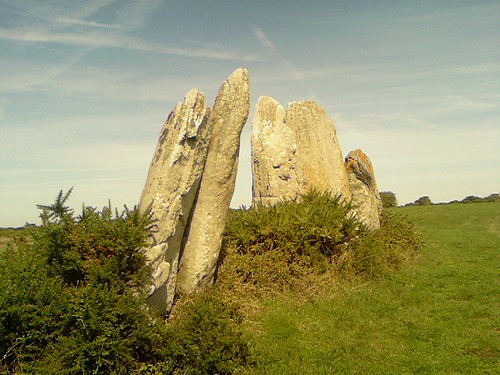Odd how information collects itself. On the wonderful CEL-ery copyediting list, a discussion of milky drinks led me to mention cinnamon tea (well tissane would be the technical term, if you can make tissanes out of spices as well as herbs).
I drank it first at an Egyptian “peasant food” restaurant in Cairo and found it good, and have been making it as a late evening drink ever since. Not very difficult – cinnamon, hot water and a dash of milk. As I recall the Cairo version was sweetened, but I don’t usually feel it needs any sugar.
But then Dick of words/myth/ampers & virgule, who happens in a past life to have been a spice trader, asked me which cinnamon I meant. So it was I learnt that the cinnamon I was drinking in Egypt, Syria and now in the UK is “true” cinnamon, made from the bark of a tree native to Sri Lanka from the laurel family. But were I to go to the US, Germany or Indonesia, I might have a nasty shock, for in those places “cinnamon” is made from the bark of a tree of the acacia family, and rather stronger and more bitter.
You have been warned…
Should you want to know more about Egyptian food, this is a good summary of its main points and influences. (Thanks Joanne!)
And should you want to know more about cinnamon, Wikipedia has it (together with a suggestion that cassia in large quantities, as I have my cinnamon tea, might not be a good idea for health).




 About
About